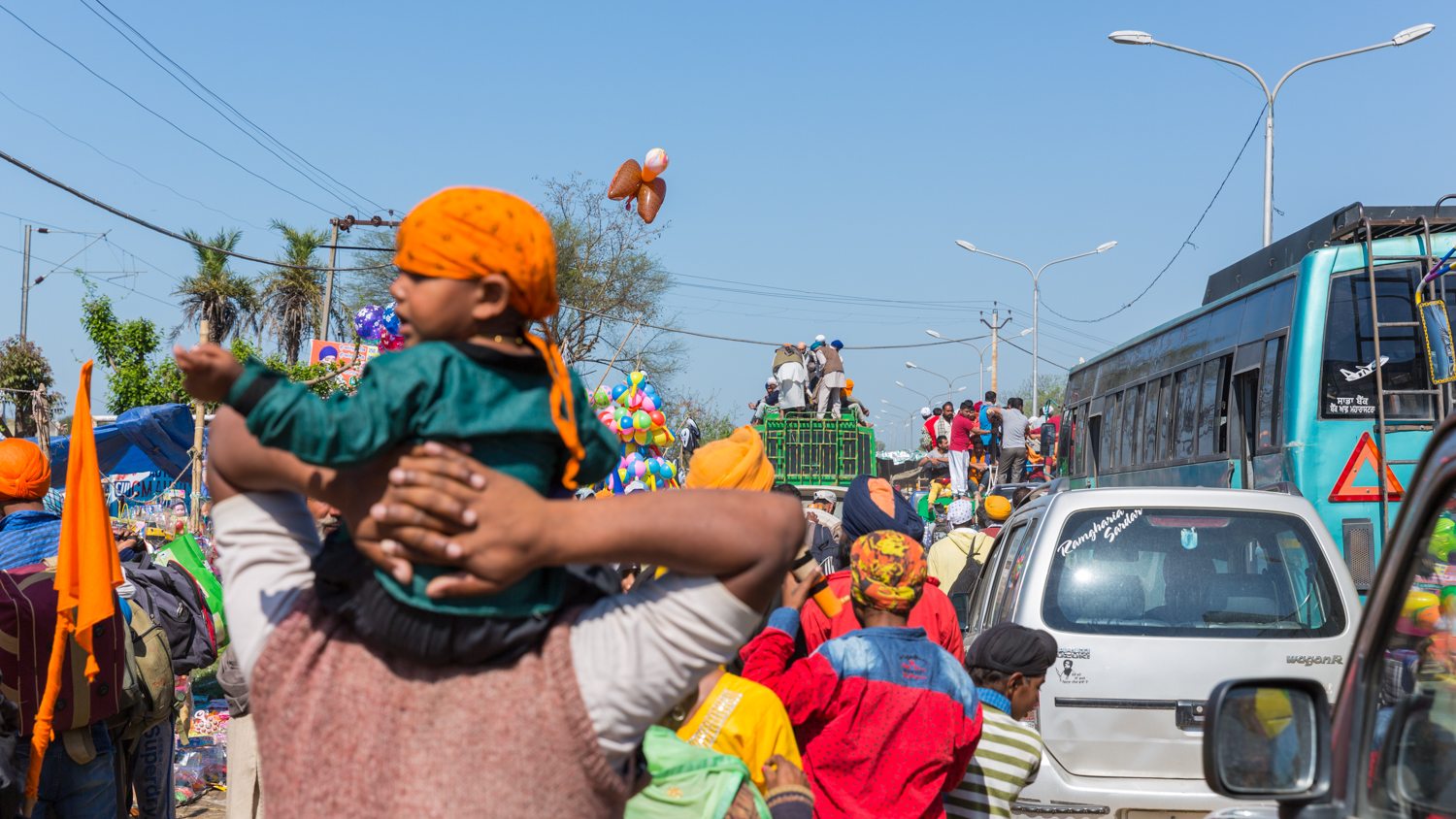The MasterClass Series #14
Black & White vs. Colour – How to Choose
Equipment
Leica V-Lux Typ 114 (Kumbh BW, Kumbh Aerial, and Mamleshwar shot),
EOS 400D (Old Man, Jaisalmer),
EOS 5D Mark III (Auschwitz), EOS 60D (Ladakh).
EF 17-40mm f/4 L USM (Auschwitz),
EF 24-70mm f/2.8 L USM (Old Man Jaisalmer),
EF-S 10-22mm f/3.5/4.5 USM (Ladakh).
EXIF #1a & #1c
Mamleshwar Shot (EXIF equivalent to 35mm full-frame)
Focal length: 25mm
Aperture: f/7.5
Shutter speed: 1/125
ISO: 125
EXIF #1b
Kumbh BW Shot (EXIF equivalent to 35mm full-frame)
Focal length: 59mm
Aperture: f/10
Shutter speed: 1/500
ISO: 200
EXIF #2a & #2b
Old Man Jaisalmer Shot
Focal length: 55mm
Aperture: f/3.5
Shutter speed: 1/1000
ISO: 100
EXIF #3a & 3b
Auschwitz Shot
Focal length: 40mm
Aperture: f/4
Shutter speed: 1/1000
ISO: 100
EXIF #4a
Kumbh Aerial Shot (EXIF equivalent to 35mm full-frame)
Focal length: 120mm
Aperture: f/13
Shutter speed: 1/2000
ISO: 200
EXIF #4b
Ladakh Shot
Focal length: 40mm
Aperture: f/4
Shutter speed: 1/1000
ISO: 100
Editing
Adobe Lightroom Classic CC
Getting past the technique of shooting the colourful back-lit stained glass, let’s get to the crux of something that is a dilemma for many of us – Black & White vs. Colour – How to Choose.
The Story
Across the social media platforms and many famed photography portals, enthusiasts seem to get an impression Black & White photographs are synonymous with creativity. In fact, even photography awards seem partial to Black & White shots.
Even if we ignore the pundits and jurists, the retro and raw charm of Black & White shots coupled with the ebonies and ivories seems more powerful even to a non-discerning viewer. It brings out the character of a scene. Little wonder there is a temptation to convert our favoured shots into Black & White.
The challenge of choosing between Black & White and Colour
We like our shots and feel they will look good in Black & White. But not every shot may stand out after conversion. The challenge is ascertaining which shot will look good in Black & White! And thereby choosing the right ones to convert.
The Shots
While there is no magic bullet to determine what will work better, the following guiding principles may help.



- The foremost consideration is the shot must be a high-contrast one. Low contrast means fewer blacks and whites, and more mid-tones (shades of grey). The greys don’t make for a striking shot. In shots #1a and #1b, which one has a higher contrast? In colour, shot #1a is not so bad (see shot #1c).


Key Consideration
- The father of Canadian photojournalism, Ted Grant, once said, “When you photograph people in colour, you photograph their clothes. But when you photograph people in Black & White, you photograph their souls!” Shots #2a and #2b exemplify the essence of his statement. In shot #2a, the colourful turban and the colours of the diffused city background take you away from the utter hopelessness in the old man’s eyes. Not so in the Black & White (shot #2b).


- Choose the feel you wish to evoke. Black & White is most effective in bringing out a sombre, pensive mood, while colours lend a bright mood to the image. Remember, this is a generalisation. It is not true all the time. So, use it as a touchstone. Shot #3a (coloured) could well have been a location for a cheery Julie Andrews to sing ‘How do you solve a problem like Maria’ (The Sound of Music), while the Black & White (shot #3b) brings out the stark, sordid character of Auschwitz stronger.
- If the colour is essential for the subject, don’t convert it to Black & White (shots #4a and #4b). To see more shots that looks stunning in B&W, click HERE and HERE.





















